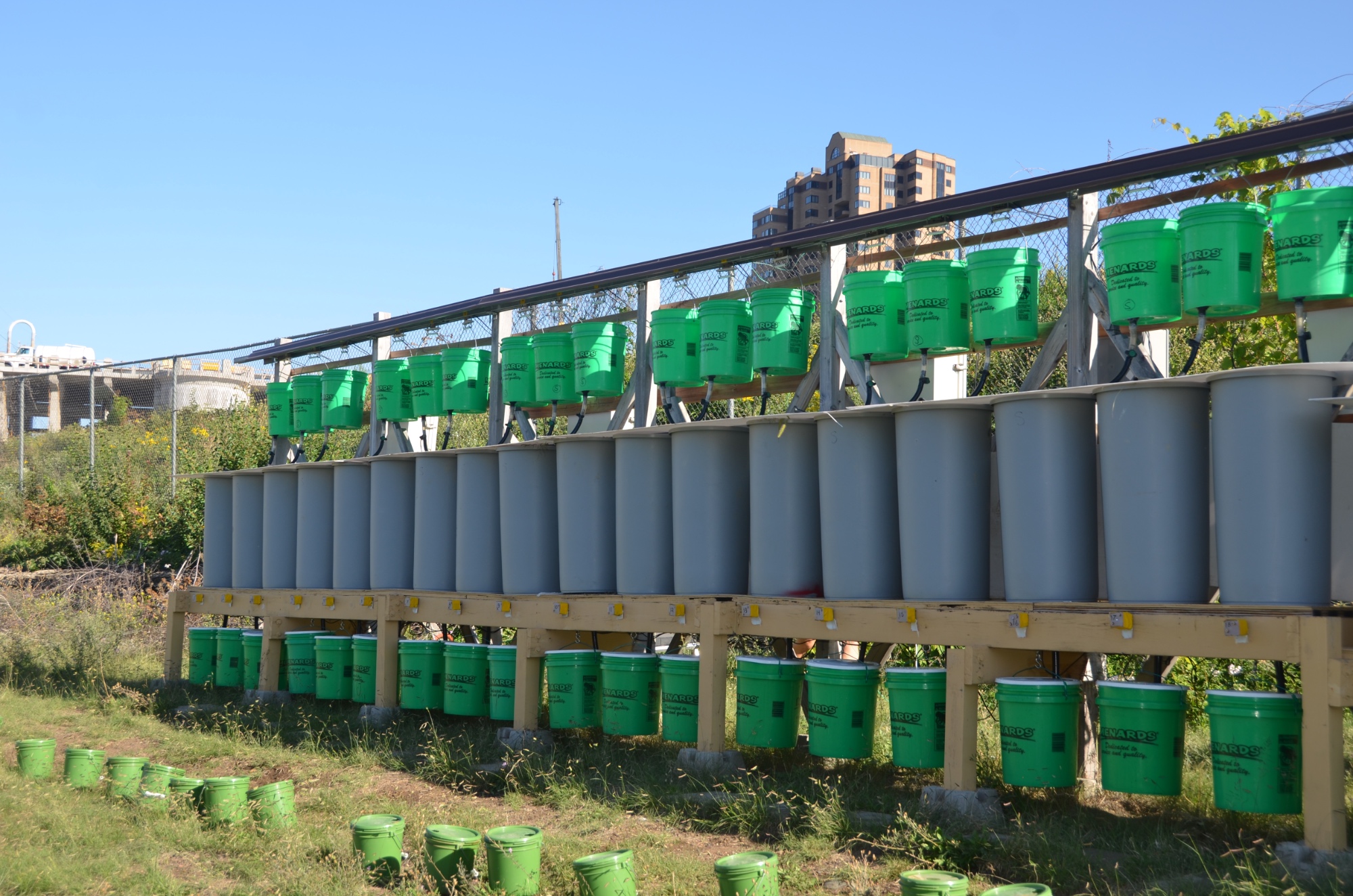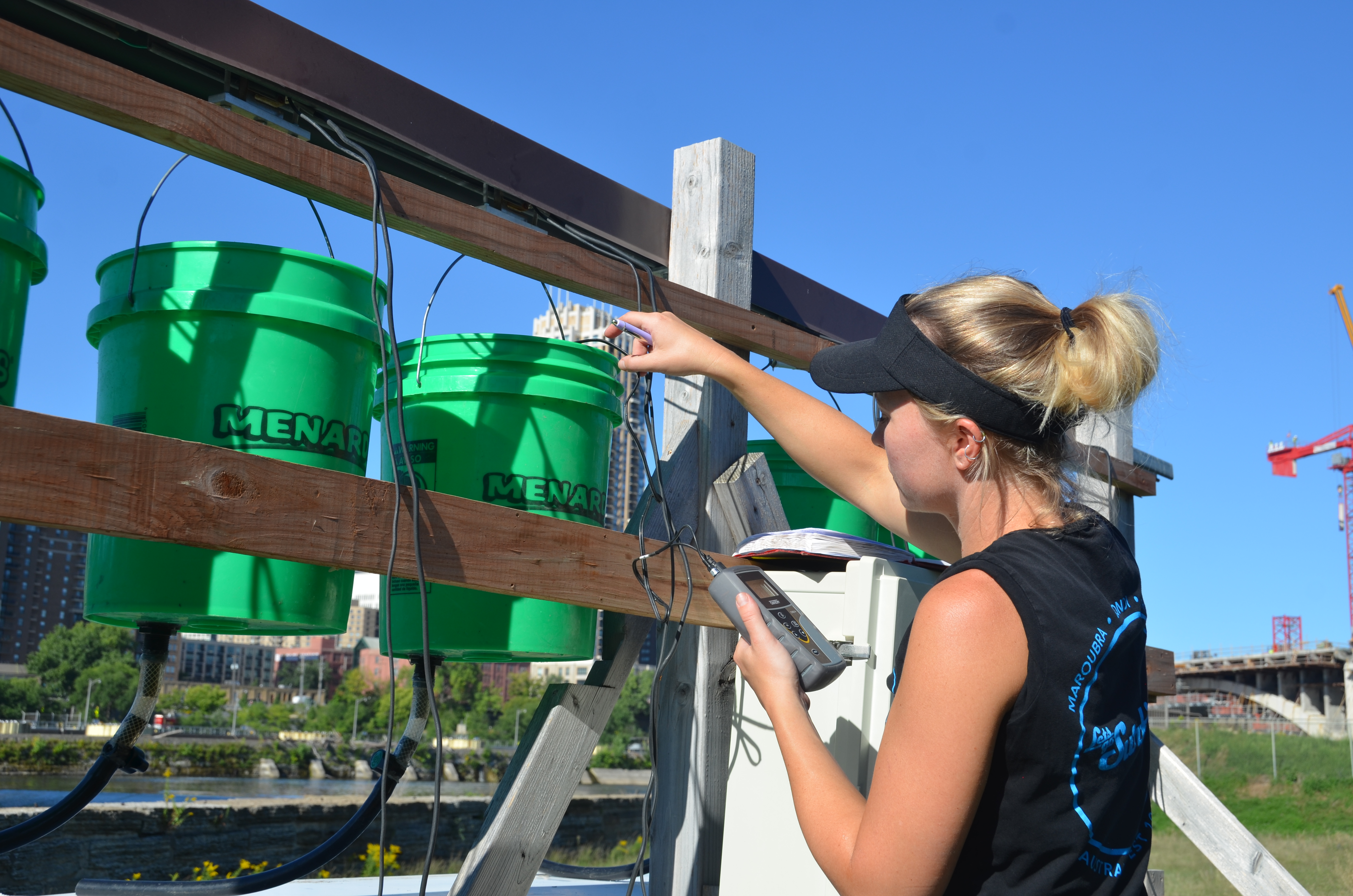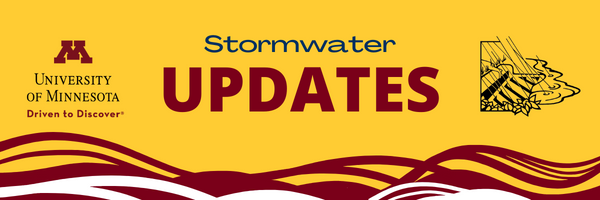
UPDATES: January 2024
Biofiltration Media Optimization:
Analysis of four years of data on biofiltration media mixes
UPDATES: January 2024 | Volume 19, Issue 1
Contributed by Bridget Mendel

Biofiltration is a means to mitigate harmful stormwater runoff in urban areas. Mimicking natural systems by encouraging healthy plant growth in biofiltration basins provides benefits such as contaminant filtering, erosion control, and transpiration.
Here’s the conundrum though: to grow plants, you need nutrients, but adding nutrients (in the form of compost) to biofiltration systems increases phosphorus runoff, which in turn can lead to harmful algae blooms (HABS). In addition, factors such as road salt may exacerbate phosphate release from some biofiltration media mixes.
What we did:
Overall, four years of data showed that the amount of phosphate released from biofiltration basins increased with the amount of compost added, though interestingly, we found quite a bit of variability by location and the type of compost used (i.e., yard waste vs. food waste).

We experimented with many different compost amendments and replacements that had the potential to capture phosphate, with varied success. For example, replacing compost with sphagnum or reed sedge peat achieved our phosphorus-capture goals, but resulted in poor vegetation growth.
So what worked?
What you can do:
The underdrain within biofiltration systems is a direct link between biofilter media and downstream waterbodies. Consider testing your outflow for high phosphate export, and then installing a cap or valve so you can turn off the underdrain and prevent phosphate impacts to your water resources.
We recommend reading the full paper for a nuanced exploration of media mixes and replacements, amendments, as well as a discussion of northern climates-specific challenges with this management technique.
Research and Funding: The full report is authored by Andrew J. Erickson, Jessica L. Kozarek, Kathryn A. Kramarczuk, and Laura Lewis. Support and funding from: Minnesota Stormwater Research and Technology Transfer Program administered by the University of Minnesota Water Resources Center.
